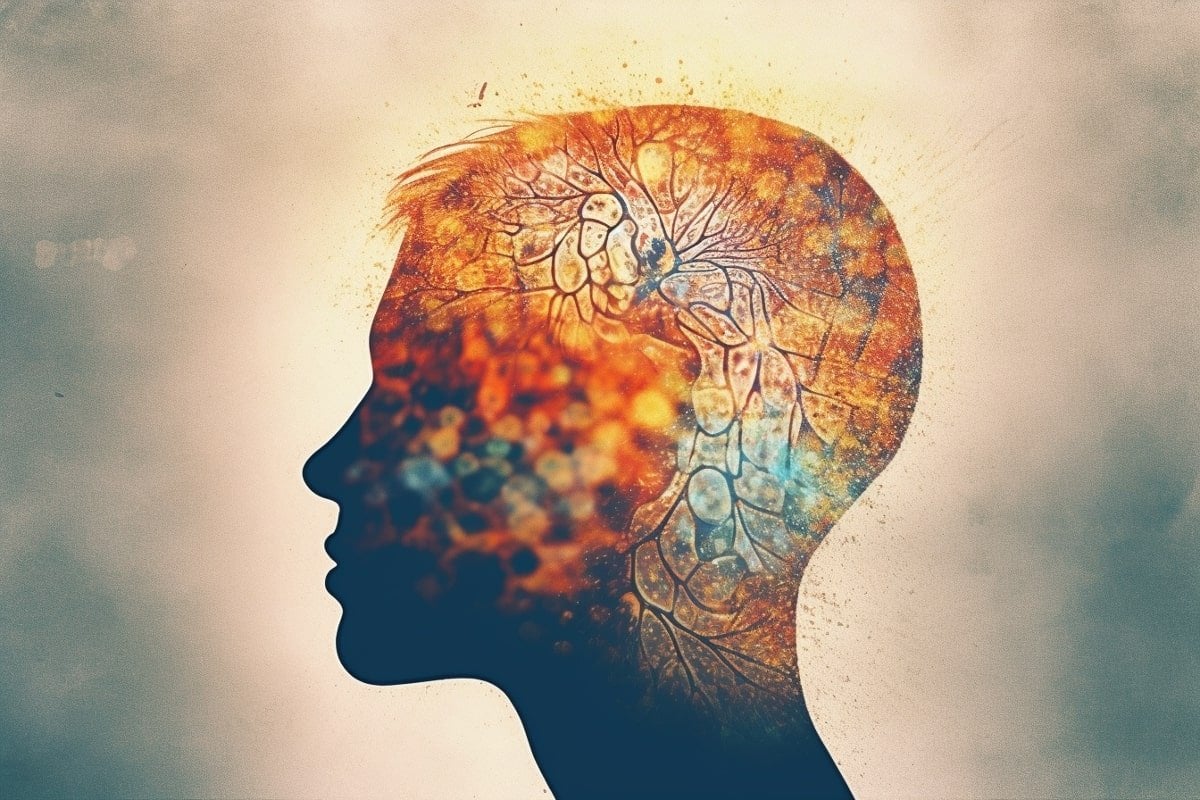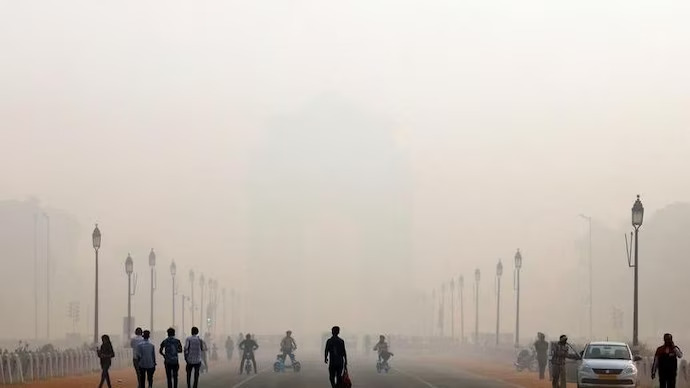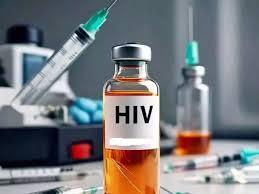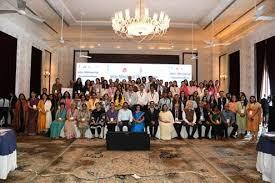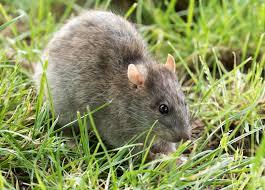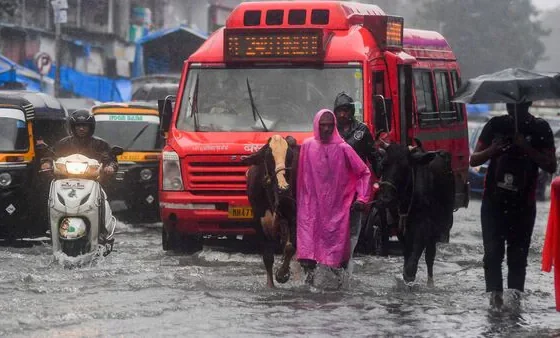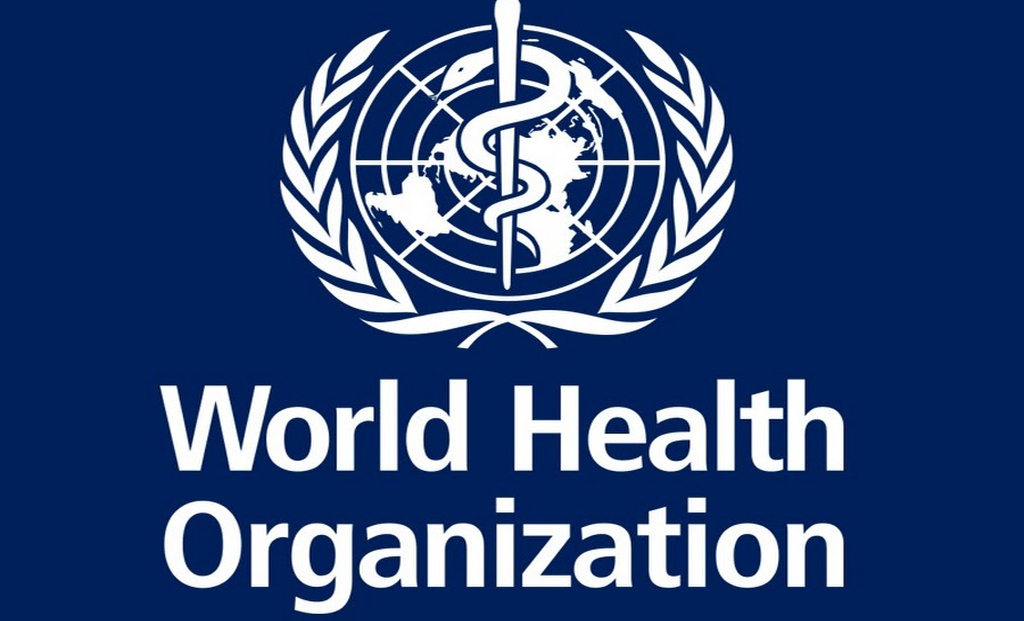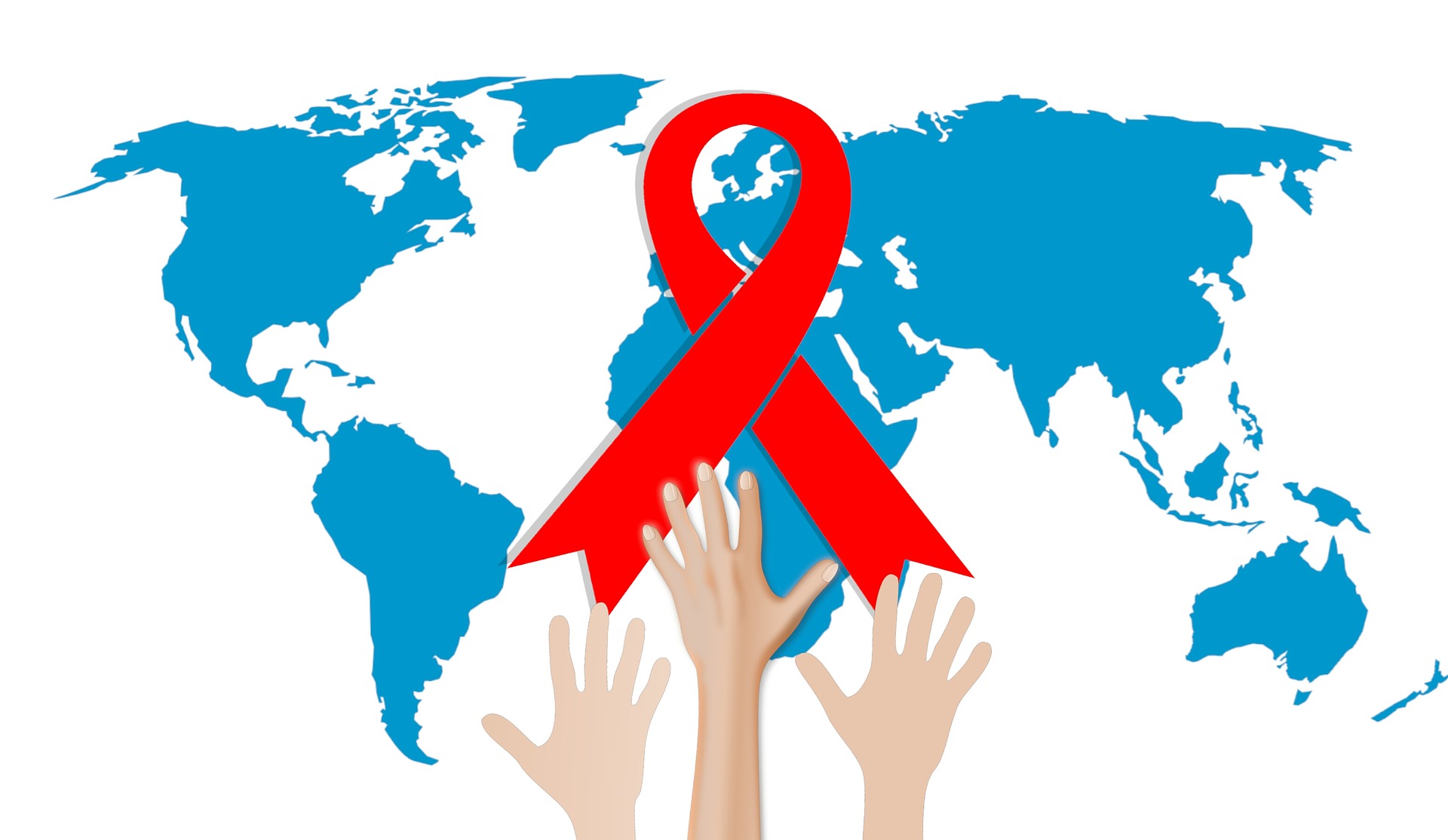We are reaching out to you for World Mental Health Day (10th October). According to a survey conducted by India’s National Institute of Mental Health and Neurosciences (NIMHANS), approximately 150 million Indians require mental health care services, yet only around 30 million actively seek such care. The survey also examined neurosis and stress disorders, revealing a concerning outcome that 1% of the surveyed population is at a significant risk of suicide.
Dr Atul Mohan Kochhar, CEO, NABH (National Accreditation Board for Hospitals and Healthcare Providers) said while addressing the importance of awareness in addressing the complexities around mental health “After the pandemic, mental health has taken a significant toll and it is very crucial to give prominence to issues around mental health. Patient safety is integral to ensuring mental health safety by fostering an environment of trust, prevention, and effectiveness. It builds confidence in individuals seeking mental health care, preventing harm to patients and promoting evidence-based treatments.”
He continued “By prioritizing patient safety, mental health care settings reduce stigma, offer holistic care, and uphold dignity and respect, creating a supportive atmosphere for those in need of mental health support. Even the government is contributing to reducing the burden of mental health through the National Mental Health Programme which was launched in 2003 by establishing mental health facilities along with other measures. NABH has optimum standards for achieving the best quality services which impact patient satisfaction.”
Mr. Vikram Thaploo, CEO Telehealth, Apollo Enterprises said as he shared his thoughts on mental health,”As we navigate the path of progress, one vital aspect demands our utmost consideration: the state of mental health in India. The statistics are stark: 2443 disability-adjusted life years per 100,000 population, a testament to the urgency of addressing mental health. On this World Mental Health Day, let’s embrace a game-changer – the fusion of technology and compassion. In a landscape where resources are scarce, telemedicine emerges as a beacon of hope, bridging gaps and offering solace.”
“With just 0.29 psychiatrists and 0.07 psychologists per 100,000, telepsychiatry is our collective lifeline. Studies commend the effectiveness of tele-mental health, showcasing its equivalence to in-person therapy. Technology provides a lifeline, with online cognitive behavioral therapy alleviating depression and cognitive training exercises aiding those with Alzheimer’s. Additionally, virtual reality and interactive experiences are reshaping our approach to anxiety, PTSD, and other psychological conditions.”
He continued, “IN India, where mental health care often remains elusive, digital interventions promise inclusivity. The pandemic has shown us how important mental health support is, and how technology can be a big help. Let’s use this opportunity to combine technology and compassion, creating a future where mental well-being is available to everyone.”
Ritu Mehrotra, Founder and CEO at United We Care shared her thoughts on mental health, “With the advent of technology, gadgets, and digital playgrounds, children are more prone to anxiety and depression. The shifting focus is because of the digital content that is being generated and consumed at a critical rate for children. This is not only affecting their eyesight at an early age but also their sleep patterns and anxiety levels. This is also most likely leading them to emulate a platonic setting of living beyond their own; such scenarios may lead to depression. There are, however, ways we can tackle such problems and issues.”
“The first and foremost is limiting the content exposure to kids and children that you deem is not fit (as a parent or a guardian) for them, along with cutting the overall digital exposure time. The most active way of curtailing, however, is by building a robust diet plan and getting the children to spend more time outdoors doing and engaging in games or critical activities, which stimulates their positive or creative mindset for utilization. Parents, Teachers, Guardians, and The Civil Society at large should collaborate to get this done.”
According to Dr Vasudha Aggarwal, Clinical Director, United We Care, “Anxiety is an unsettling feeling that something is not right, even though everything seems fine. Whereas panic is a sudden, intense fear that something dangerous is going to happen to you.” She continues “Both are accompanied by physical symptoms like rapid heartbeat, sweaty palms, trembling, and muscle tension, but they vary in intensity, with panic attacks having severe symptoms.”
“It’s like a whirlpool of self-doubt, pulling you down and leading to either procrastination, perfectionism, or avoidance. But in panic attacks, the anxious tracks are like, “I am having a heart attack; I am going to stop breathing and suffocate,” causing intense physical symptoms.”

